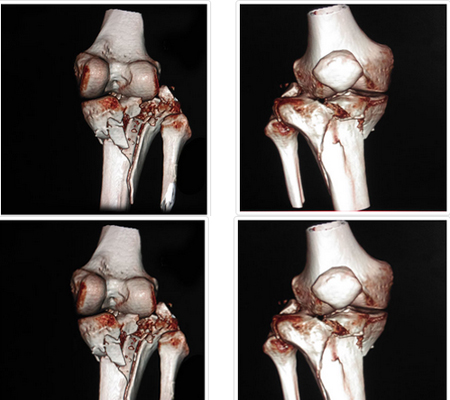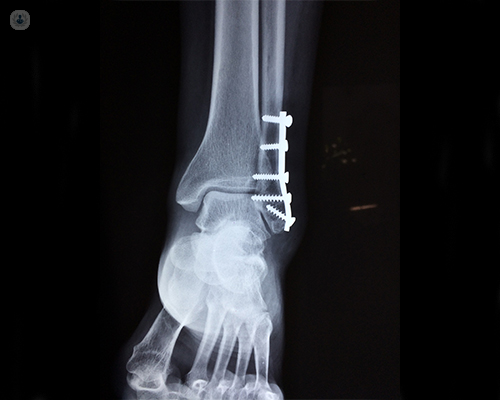Complex Trauma Surgeries
Fractures and traumatic injuries happen unexpectedly. And while there's no way to prepare for such an injury, it's comforting to know you are in experienced hands. Our experienced surgeons are expert in handling Orthopaedic Trauma situations and perform minimally invasive surgery.
Trauma surgery is a surgical specialty which deals in trauma or accident related surgeries. It requires years of training in trauma surgery and critical care. Trauma surgeons are first required to stabilize the patient and then evaluating and managing the conditions of the patient. In our hospital, we have a trauma team which consist of health care professionals from all cadres like Orthopaedic Trauma Surgeon, General Surgeon, Neurosurgeon, Plastic Surgeon including nurses and support staff who understand that the needs of the trauma patients are very different from a planned surgery patient.


How are complex trauma fractures treated?
The management of fractures has improved considerably with excellent outcomes over the last few decades. These excellent outcomes can be obtained through early intervention by staying relatively active whilst keeping the fractured segment immobilised and subsequent rehabilitation to increase strength and range of motion.
Bespoke rehabilitation for each fracture based on patient and fracture characteristics are crucial for optimising the outcomes and to restore previous pre-injury levels. A collaborative multidisciplinary team (MDT) approach led by surgeons, anaesthetists, physiotherapist, occupational therapists, pain specialists, and patients themselves will ultimately lead to return to pre-injury activities of daily living, leisure, sport, and work.
May surgery be required to heal these complex injuries?
Orthopaedic injuries place the patient at risk for various complications, including fat embolism, pneumonia, deep vein thrombosis, and sepsis. Many studies have documented the benefits of early stabilization in reducing morbidity and mortality. Early definitive long bone fixation and external fixation methods have evolved and are considered an integral part of the initial care.
Innovative techniques like computer-assisted surgery continues to develop as technology improves. Uses in trauma include navigation for percutaneous screw placement in trauma surgery and for replacement surgery for reconstruction of complex fractures.
The ultimate target is to enable patients to return to their pre-injury levels. Surgery might be the only option in many of the complex trauma presentations. All these patients should be managed in a collaborative manner. Better understanding and identification of these injuries enables us to optimise the outcomes.

